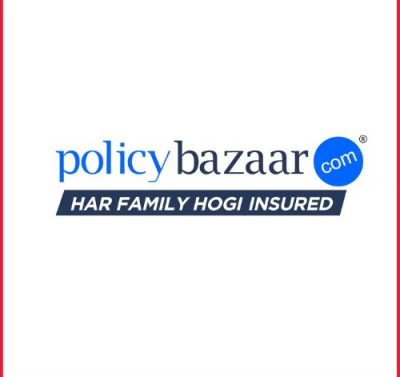Trustwave, the main network protection and oversaw security administrations supplier, today delivered extensive exploration revealing insight into the unmistakable Cybersecurity experience of the medical care area. The report, “Network Protection in the Medical Care Industry: Significant Knowledge for a Functioning Danger Scene,” investigates the particular dangers and dangers that medical care associations face, alongside useful experiences and alleviations to reinforce their safeguards.
In a time where digital dangers keep on developing, medical care associations are progressively designated by malevolent entertainers utilizing different assault vectors. In its new exploration, Trustwave SpiderLabs has archived the assault stream used by danger gatherings, revealing insight into their strategies, methods, and techniques.
From phishing messages to taking advantage of known weaknesses and compromising outsider merchants, these tireless dangers present huge dangers to the business. While the medical care industry isn’t the only one to confront a heightened danger scene, the outcomes of assaults in this area can be extreme, even deadly. Enemies are exceptionally energetic by monetary benefits and ceaselessly refine their strategies to outperform existing guards. In 2022, the normal expense of an information break in medical services was $10.1 million, which is over two times the business normal of $4.4 million, as per information from the Ponemon Establishment.
“Safeguarding the store network and keeping up with business congruity are basic contemplations across most ventures, however medical services digital pioneers experience unmistakable difficulties in protecting patient prosperity, keeping up with the nature of care, and empowering medical care experts to use state-of-the-art computerized advances to perform at the most significant level,” said Trustwave Boss Data Security Official Kory Daniels. “Our most recent danger preparation is a significant asset for security pioneers inside the medical care area, giving a far-reaching perspective on the dangers seen by our SpiderLabs group, alongside unambiguous moderation systems to support safeguards.”
The Trustwave SpiderLabs report examines danger gatherings and their strategies all through the assault cycle, from starting traction through to exfiltration. These techniques incorporate utilizing substantial access certifications, taking advantage of unstable accreditations, and using Webshells. Furthermore, the report recognizes explicit section focuses like Apache Log4J (CVE-2021-44228) and Spring Center RCE (CVE-2022-22965) weaknesses while featuring the high movement of noticeable ransomware packs like LockBit and ALPHV/BlackCat focusing on medical services elements.
Trustwave SpiderLabs’ examination fills in as an asset for medical care associations to comprehend and battle the huge number of assault gatherings, malware variations, and procedures sent against them. The report investigates:
Arising and Noticeable Patterns in the Medical Care Industry.
Man-made consciousness and Generative artificial intelligence: Extraordinary ramifications and dangers because of the touchy idea of the information possibly being imparted to these instruments.
Ransomware Gatherings Focusing on Medical services: Danger bunches recently considered medical care-related focuses beyond reach, or safeguarded, yet are currently broadly gone after.
Programming Merchant and Web of Things (IoT) Openness: The dangers related to outsider sellers and the expansion of Web of Things (IoT) gadgets in medical services further enhance the potential assault surface and weakness of the business’ foundation.
Cybersecurity Moves Interesting to the Medical Services Industry.
Custom Applications: Medical care associations depend intensely on custom applications that frequently need sufficient security testing and code evaluation, prompting unseen weaknesses.
Outsider Dependence: Medical care elements ordinarily draw in various outsiders, further extending the number of endpoints and clients included, in this way adding to a developing dangerous surface.
Web of Things: The medical care industry regularly has a bigger number of associated actual gadgets, for example, heart screens and imaging equipment, which frequently focus on usefulness over programming security.
Consistency: Medical services associations are frequently reluctant to carry out changes rapidly because of worries about consistency with oversight organizations and similarity issues with existing programming and equipment.
Patient Consideration: The emphasis on quiet well-being and keeping away from startling interruptions, similar to framework crashes, lead medical services associations to be more mindful about taking on programming patches or making changes that could risk patient consideration.














